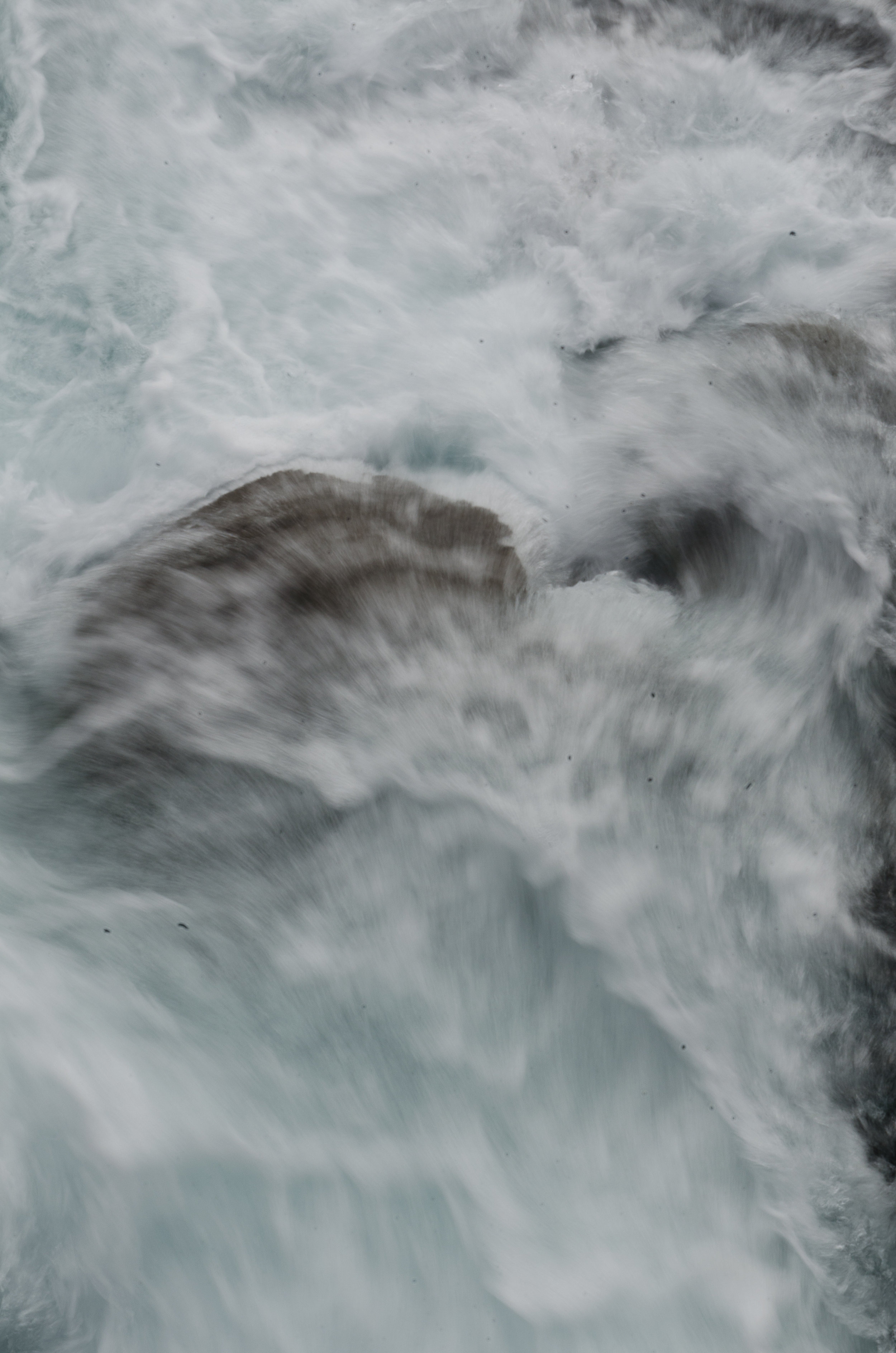Books and Major Projects
The “Super Secret Penguin Project”
In December of 2016, I took a trip to Iceland, and stumbled into a meme that wound up sparking an entire new research project. The “Greatest Wikipedia Edit Ever” made me think about how we might start to find the story of penguins in historical archives. I realized that, as ubiquitous as penguins are now in our imagination of the Antarctic, as commonly recognizable as the animals are as even bare graphic outlines, historians have not noticed penguins. At the time, I was deep into other projects, and so I started to slowly think about penguins, and made an initial visit to the The Byrd Polar and Climate Research Center Archival Program at Ohio State University. There, the archivist helped me make initial forays into the collection—this first visit led to a chapter “Can you ship a penguin C.O.D.?.” This will soon be published in Sharing Spaces from Pittsburgh University Press. I’m also working on a chapter for the Oxford Global History of Animals.
For a while I kept this project to myself—it was beyond the scope of my job, and I wasn’t really in a position to dive in, and didn’t want to be scooped. But I’ve gone public—including giving several research presentations on this new project, now called “The Cultural History of Penguins.” In addition to the chapter on Byrd’s World Fair penguins, I’ve worked to understand the history of the Phillip’s Island Penguin Parade in Australia, and to connect to a wider history of penguin parades and displays. I’ve also begun collecting (through a fortuitous conversation between my husband and a bookseller) antique and rare books on penguins. Stay tuned as the project develops!
Medieval Riverscapes: : Environmental Meaning and Memory in Northwest Europe, ca. 300-1100
My second book is is a study of the deep religious and cultural history of medieval Europe’s encounters with rivers. Using the approach of “environmental exegesis” that I introduced in my first book, I explore medieval narrative sources, looking at the ways that medieval authors depicted rivers, and how they told and retold stories that connected rivers to saints, morality, and cultural values. The book uses poetry, miracle stories, histories, chronicles, artworks, law codes, and many other types of source, showing how rivers flowed throughout medieval sources.
Water In World History
This book will be part of Routledge’s Themes in World History series. It is aimed at an undergraduate audience, with the goal of showing the vast variety of ways people have engaged with water throughout human history. Water moves through all aspects of human history, and that motion carries harness-able energy, circulates microbes, nutrients, plants, and animals. People rely on its motion for travel as well, and water routes are vehicles for regional and global connectivities. Moving water is also at the core of the earliest of human technologies—getting water from where it is to where humans wanted it to be underpinned all civilizations.
Water is also a cultural touchstone—from as far back as ancient water worship, through accusations of medieval well-poisoning and reaching up to the Cuyahoga fires and the perils of changing sea-levels, bodies of water stand in for our deepest environmental and cultural fears. But they also represent human hopes and religious faith: baptism, adventure, paradise, and purification. We are also drawn to water’s beauty and mystery. We try to hold and keep water and water-dwellers with us in aquaria, fountains, and pools. From sirens to Nessie, we imagine monsters; from the Fountain of Youth to VitaminWater™ we invest water with healing magics. This book will explore the history of all of these—from the fundamental need to irrigate crops and keep our bodies whole to religious understandings of water as life force.
Negotiating the Landscape
Negotiating the Landscape: Environment and Monastic Identity in the Medieval Ardennes (University of Pennsylvania Press, 2013), looks at the early medieval history of the monasteries of Stavelot and Malmedy (Belgium). I argue that the religious identity and historical memory of these monastic communities was bound up in their role as active participants in a particular landscape. I model an approach that I have labelled “environmental exegesis” in which I use religious sources (particularly hagiographical ones) to evaluate the environmental mentalities of medieval communities.
The book has been very well-received by reviewers, and was named to the long-list of books for the 2014 Turku Book Prize for environmental history. In a published review, Kathryn Jasper wrote that the book “proves the utility of micro-history in landscape studies,” and “is one of few works on environmental history to adopt a cultural approach.” Philip Krey described it as “a model to be emulated by students of history and others who want to tell micro stories that provide richness and density to the generalizations that historians draw,” and Elias Dietz wrote that “the methods developed here promise to bear fruit in other case-studies and in other contexts.”



